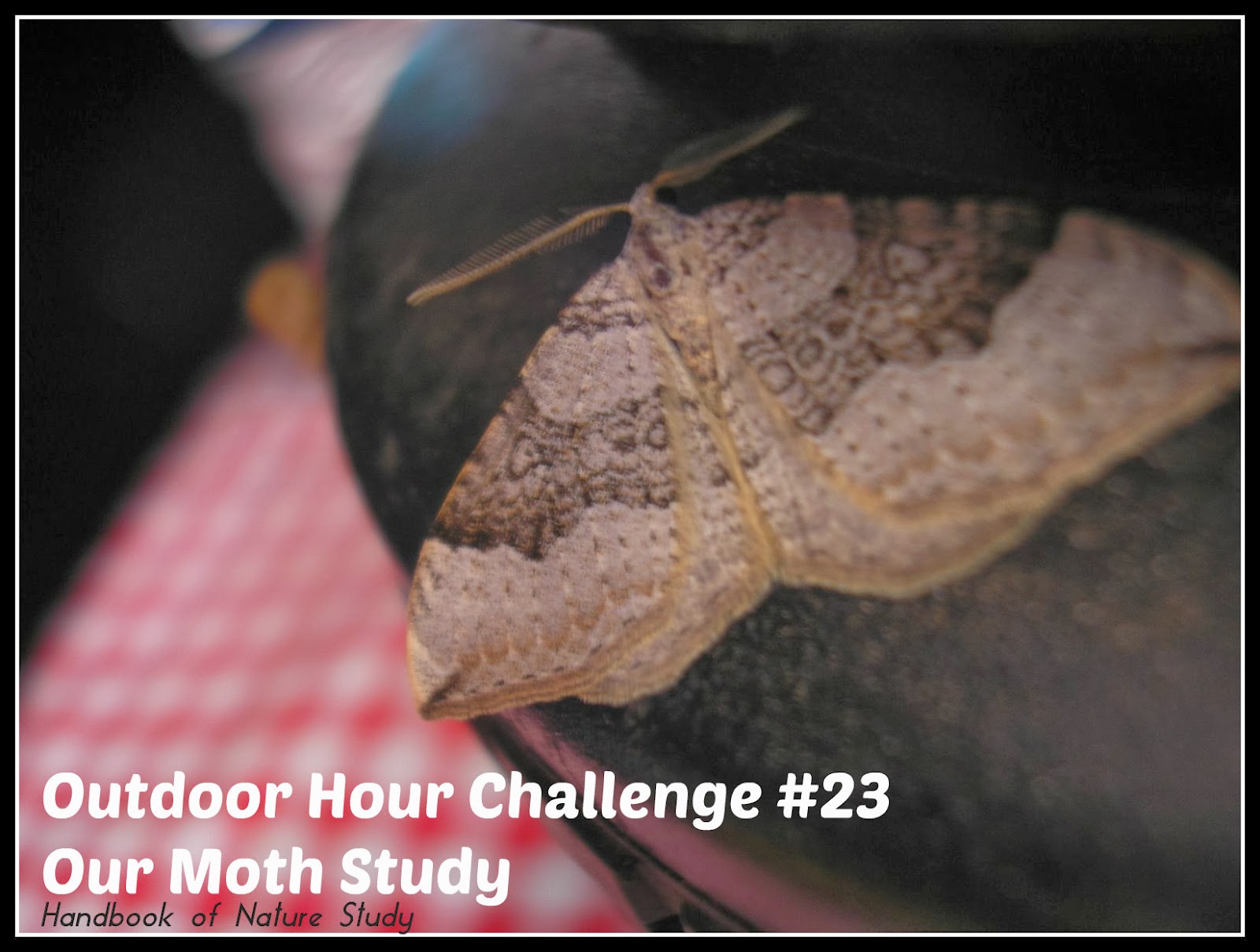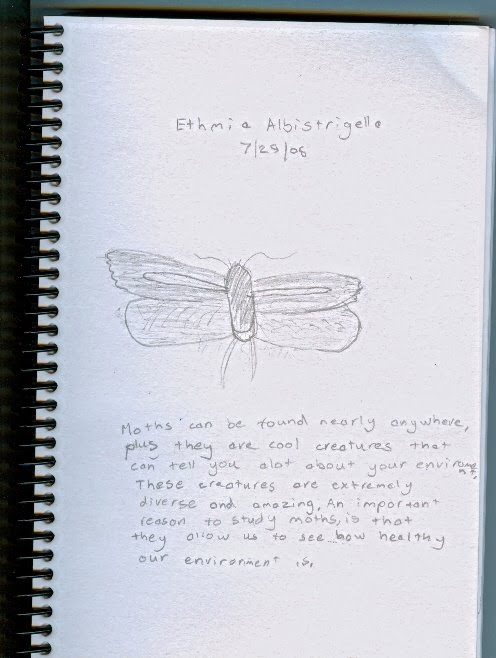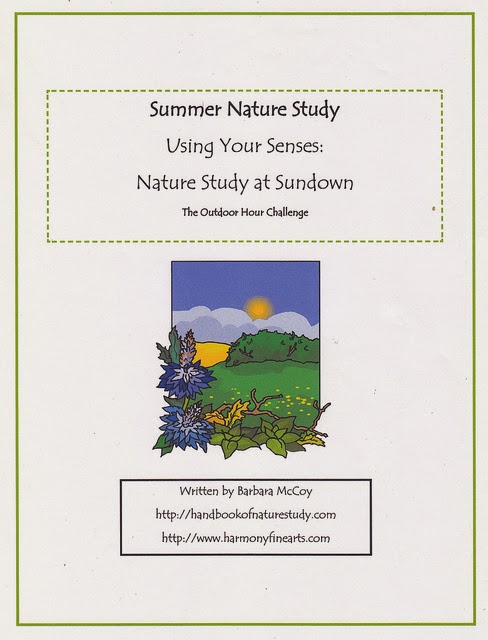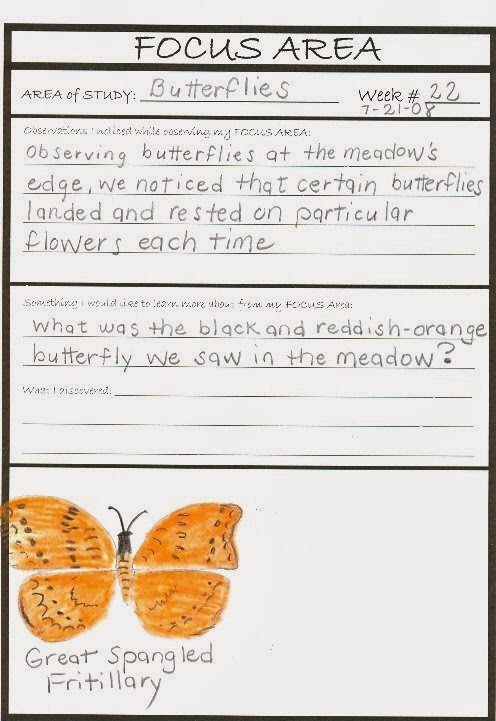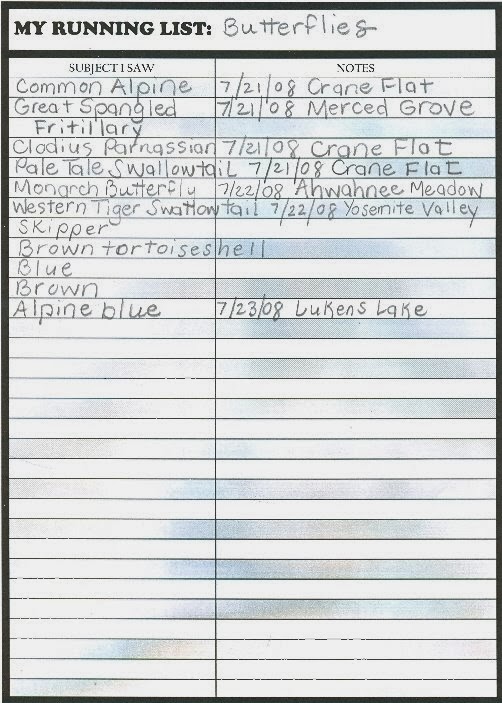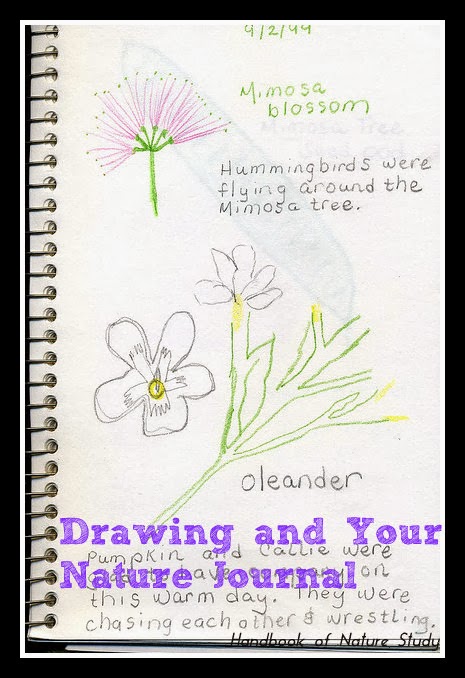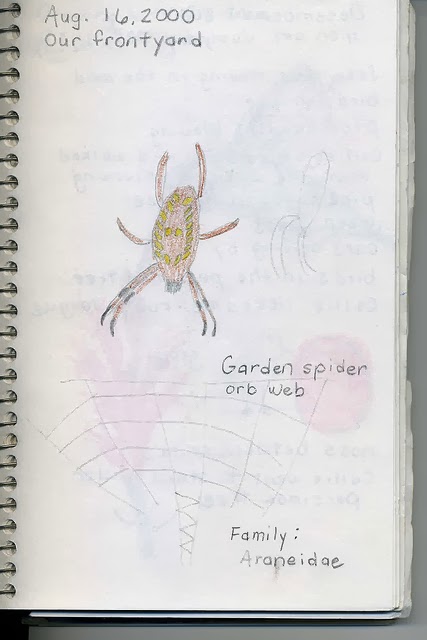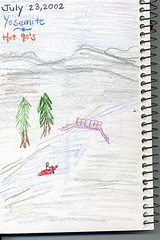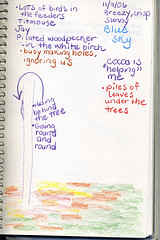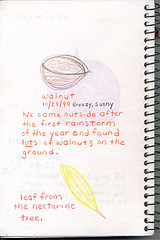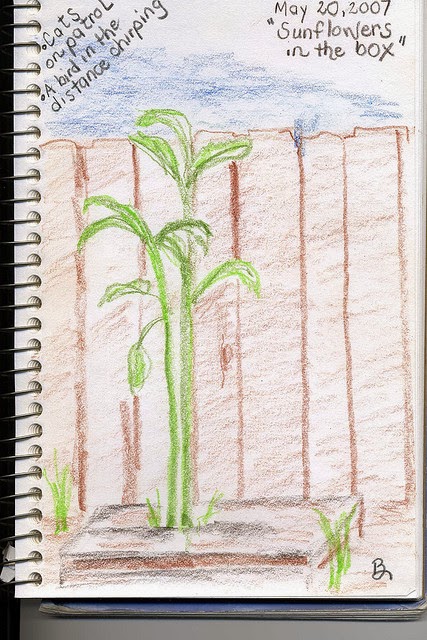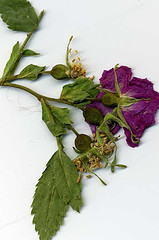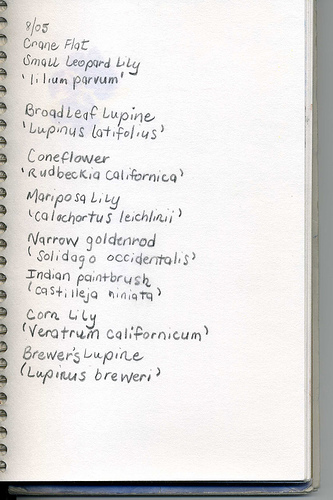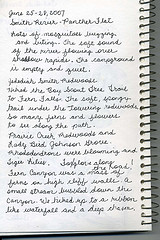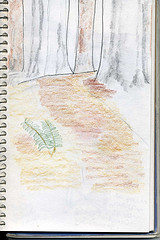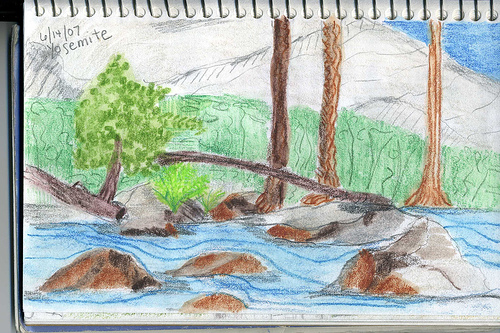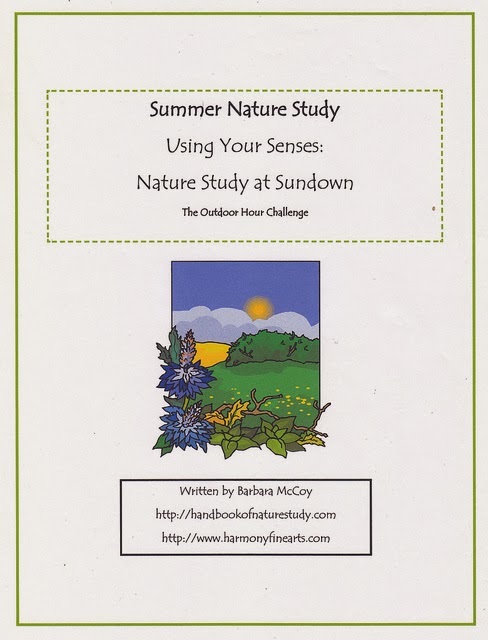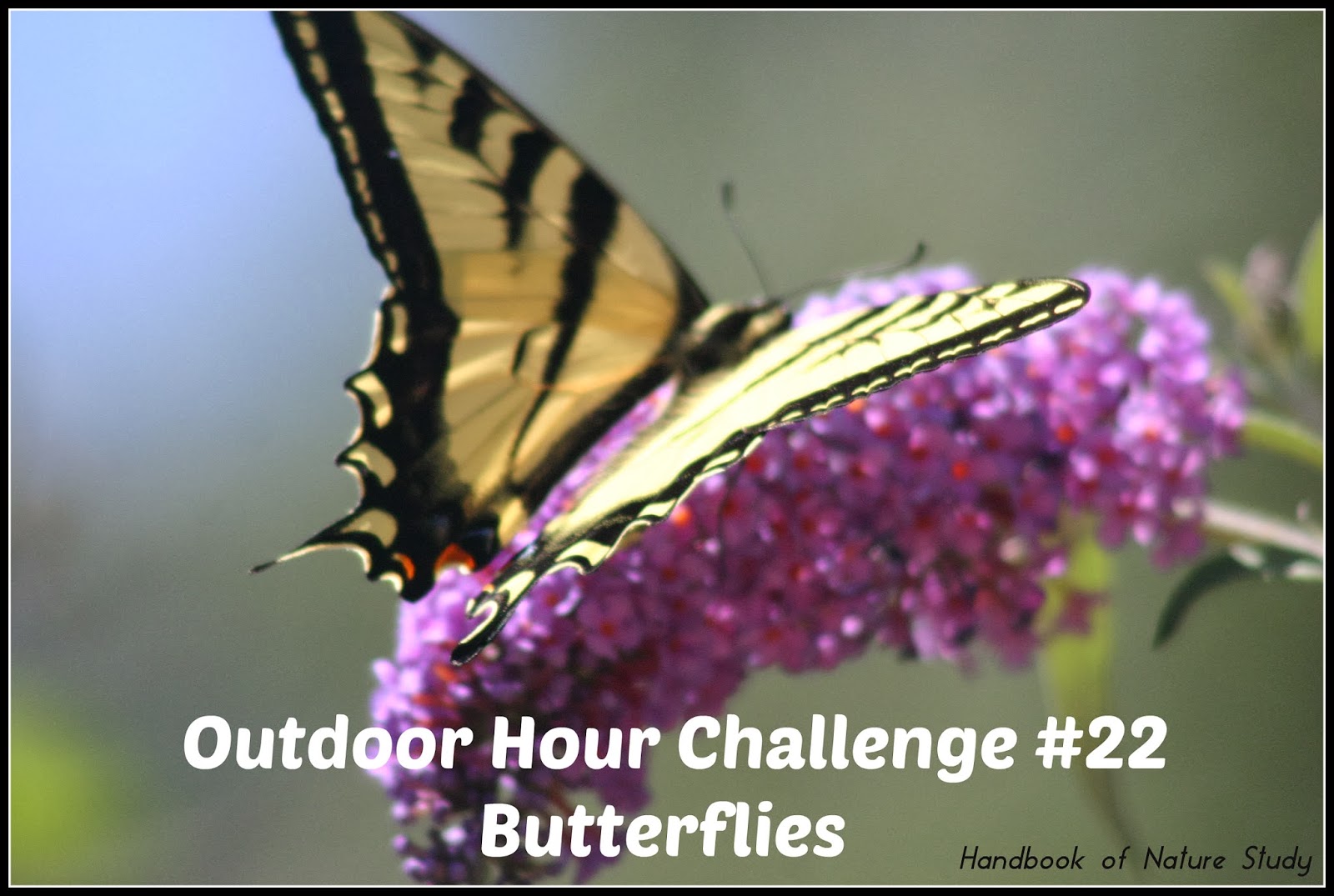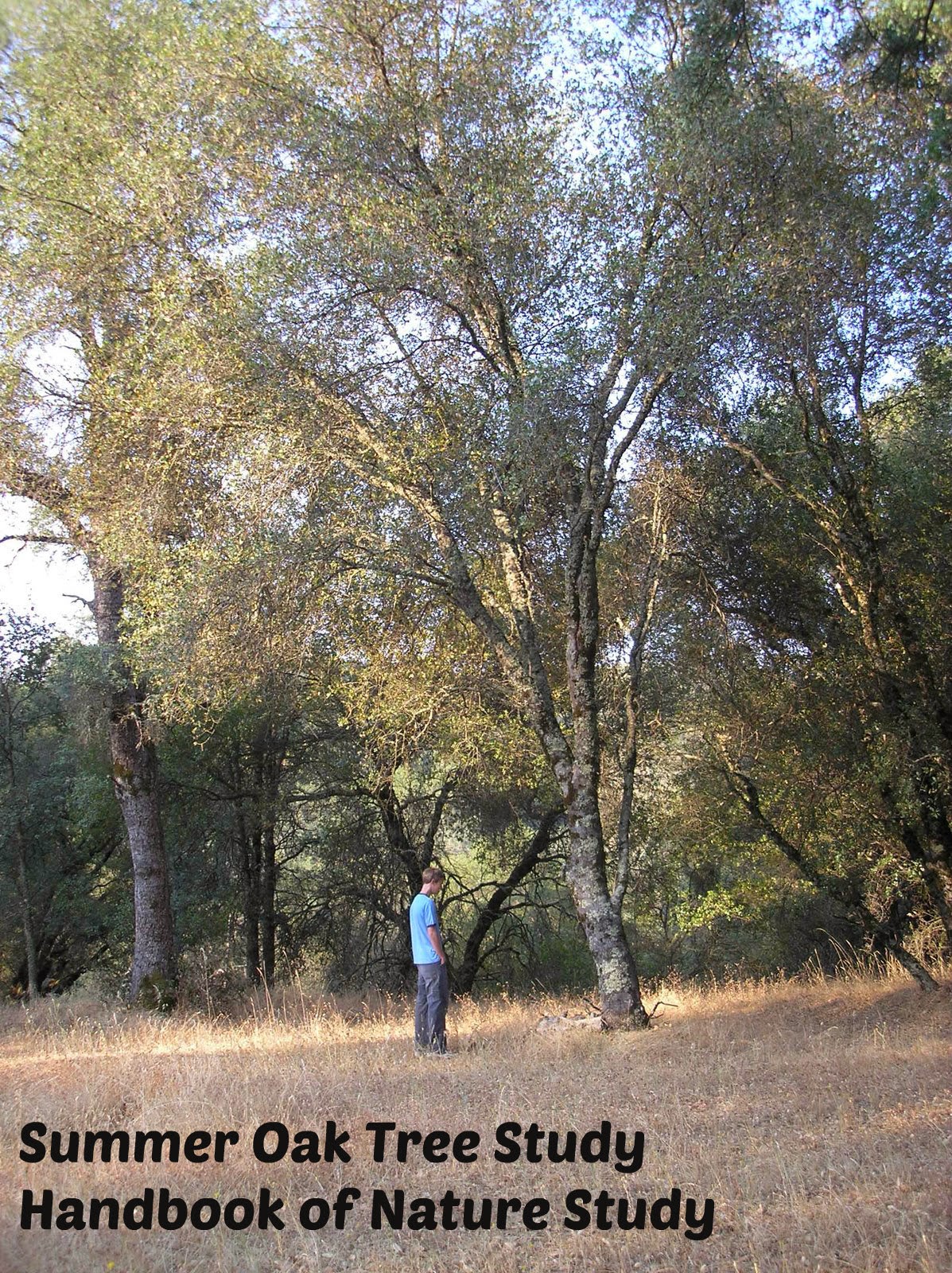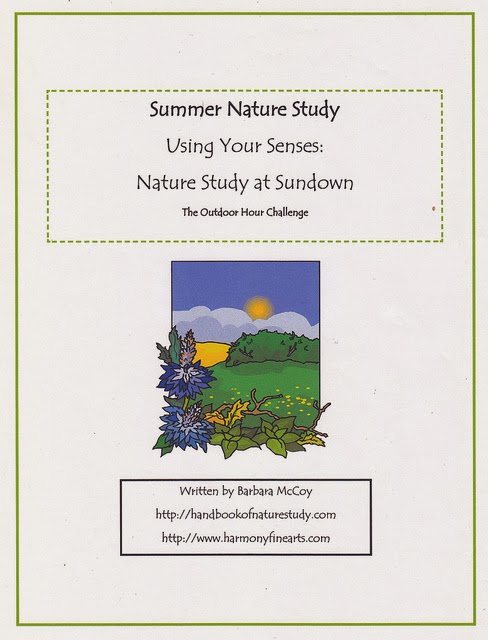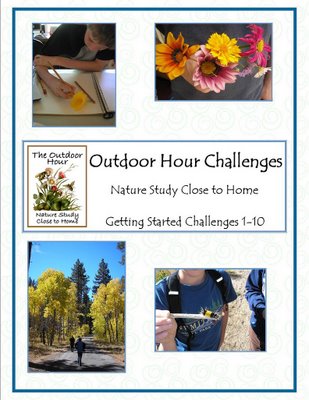This week’s garden update is full of colors and surprises. My daily watering routine is always rewarded with something new or interesting to look at and think about as I spend a few minutes enjoying the growing things in my yard. This is the time of year that gardening is at its best….all those hours spend cultivating and sowing seeds, pampering the delicate plants as the summer progressed, and then feeling the surge of joy as you peek under a leaf and see something delicious to eat or something to raise your spirits with its colors and textures.
Here are your garden treats this week.
Morning glories in all their glory. This is the color that they are in real life…a sort of radiant pink and the camera just enhances that rich color.
My Black-Eyed Susans are just starting to bloom along the fence and they make me smile.
“These beautiful, showy flowers have rich contrasts in their color scheme. The ten to twenty ray flowers wave rich, orange banners around the cone of purple-brown disc flowers.”
Handbook of Nature Study, page 523 (Black-eyed Susan)
This is a hover fly inside a wildflower. He is the perfect size for this trumpet shaped flower. I have been on the lookout for insects in the garden since that is the focus of the Outdoor Hour Challenges right now. This one I recognize from our fall study of insects.
This creature is my constant companion as I spend time in our backyard. She is always curious about what I am looking at and many times I have to shoo her away in order to get a good photo of something in the garden box. In this photo she is watching my middle son fly his RC helicopter on the lawn. She isn’t afraid of it but I don’t think she exactly knows what to think of it either. Always curious….
This beauty just started to bloom today. It is in a pot on the back deck and it came up from a plant that I had last year. Gerber Daisy…what a color it is!
Now we are to the edible update for the week. My patio tomatoes growing on the back deck are really starting to produce. Can you just taste the yummy sunshiney taste of these beauties? Next year I think I will grow two of these plants so we have enough tomatoes for everyone.
Last year my hubby bought me a lemon tree for the deck. He put it in a beautiful pot and it was loaded with lemons. We harvested those and then over the winter we pampered this tree through rain, wind, snow, and ice. Come springtime it blossomed like crazy and it smelled so delicious. Then the cold weather came back and I worried that we wouldn’t get any lemons at all since the blooms fell off. Well, hiding under the bottom leaves there were some that made it through and now we have some fairly good sized lemons on the tree again. I think there are eight lemons which is better than nothing. 🙂
Hope you enjoyed the garden update for this week….so many things to share. I wanted to mention that I usually look up everything in the Handbook of Nature Study as we go throughout our week. Many times I am surprised to see something listed in there and then we take the time to read and discuss the information. It just seems so natural to find something we are interested in and then learn more about it when it is fresh in our mind. Even though the focus this week is on insects for the Outdoor Hour Challenge, many other subjects come up and we take that opportunity to learn about them too.

